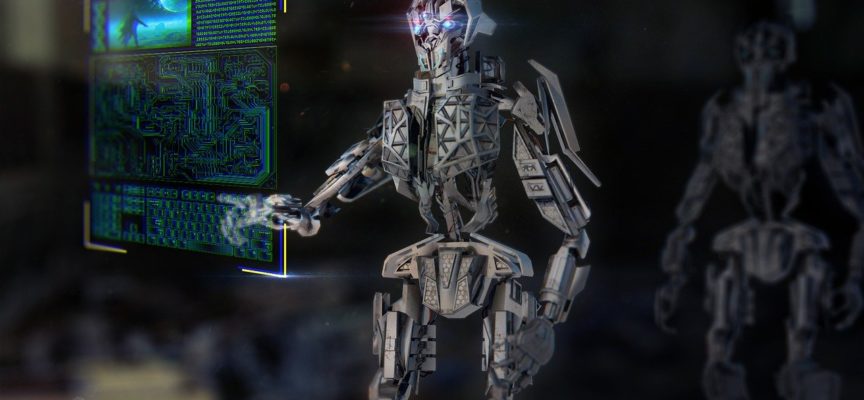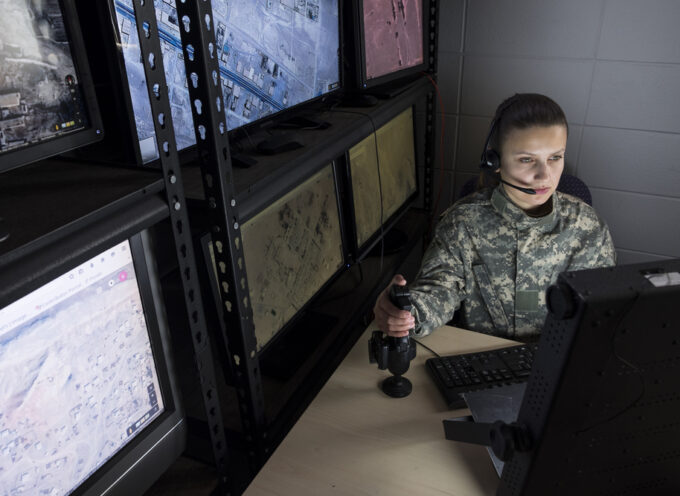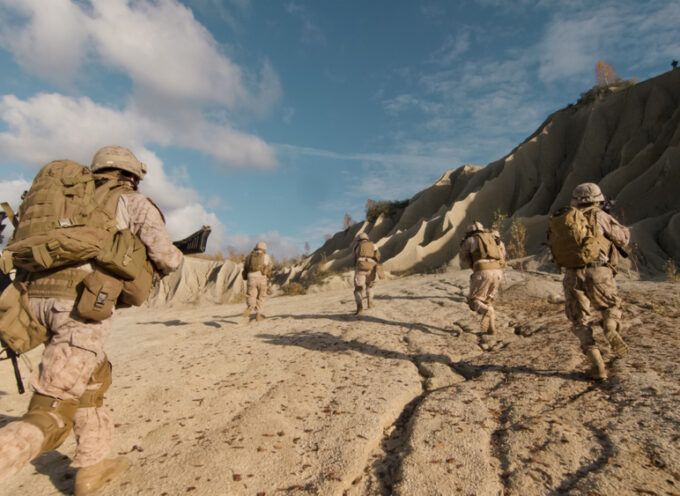The following months have witnessed increased tensions among the world’s superpowers. Russia has attempted to annex portions of Belarus and Georgia, to the protestations of an almost fiscally bankrupt NATO. The United States has issued harsh rebukes to China over its attempts to control the South China Sea. Iran has finally blockaded the Strait of Hormuz, leading Saudi Arabia to the brink of war.
On a freezing day in February, as Americans woke up and began their morning routines, the power grids in New York City, Los Angeles, Houston, and Atlanta go down. Hospitals and businesses switch to generators, but homes are left without electricity, traffic lights don’t work, and Wall Street shuts down. Moments later, a commercial jet slams into the United States Special Operations Command in Little Creek, VA. Unidentified commandos attack the United States and its allies in disputed territories around the world.
Over the next few days, Americans experience attacks on our national power grid, our satellite intelligence, and overseas allies. Soon we also experience cyberattacks on Department of Defense systems, and on nuclear command and control systems. Throughout the world, American intelligence satellites and aircraft experience laser and radio-frequency attacks. Deployed American troops experience electronic warfare via unmanned aircraft, ships, and ground vehicles. On American soil, embedded clandestine operators recruit allies and foment civil unrest via social media.
The unidentified adversary releases pathogens into the air circulation systems of American aircraft inbound to DC, NYC, etc. In the meantime, as American drones are flying toward an overseas target, operating autonomously, they unexpectedly realize that large numbers of air defense radars and anti-drone weaponry have been placed in the farmhouses, hotels, and shopping districts over which they are flying. One by one, the drones are being shot down. The lead drone, unable to contact a human commander because of jammed signals, decides to unleash munitions on all ground threats, killing numerous noncombatants.
As the adversary attacks United States embassies and deployed troops around the world, it uses a combination of human soldiers and robots. Some of the robots look like humans and others look more like machines. Battlefield commanders use communication systems in their soldiers’ headgear to tell them to inject a drug to alter their mood and boost their energy for an upcoming direct action strike. After the strike, in which several of our operators are killed, the remaining operators are told to take a pill that will make them forget the strike.
These hypothetical scenarios reveal the type of emerging technologies and forms of warfare that are mostly hidden from the public eye but are right now in development, even if only in the conceptual stage. Yesterday’s wars were waged on a conventional battlefield. Today, conventional warfare is less prominent, having been replaced by special operations, cyber strikes, and proxy warfare. Future forms of warfare and warfighting technology, such as the hypothetical scenarios sketched in the opening paragraphs, are radically different from the not so distant past.
Accordingly, future wars are something American citizens, leaders, and ethicists are almost entirely unprepared for. Two developments—technological advances and the destructiveness of war—are deeply and inextricably codependent. Because of this, future wars will be complex and ambiguous. Soldiers will be affected in unknown ways, and civilian populations are more likely to feel direct effects of war. We need to begin thinking about this, carefully considering new military technologies which can corrode our humanity.
That is why I found Robert H. Latiff’s Future War: Preparing for the New Global Battlefield (New York: Knopf, 2017) so fascinating. A retired U.S. Air Force major general who has commanded in both the Army and Air Force, Latiff served in the Vietnam War, worked at the Pentagon on President Reagan’s “Star Wars” program, oversaw the underground command center at Cheyenne Mountain, CO, and served at the National Reconnaissance Office. Given that he is so eminently qualified, I read with fascination as he discusses emerging technologies and forms of warfare of which we American citizens are almost entirely unaware. Further, he presses the American public to begin paying close attention to America’s deployments and to new technologies and forms of warfare so that we can engage in an informed national debate about the ethics of future warfare.
In this article, I will summarize some portions of the book in the hopes that the reader will be encouraged to begin thinking about how to apply just war principles to future war. We must challenge the public to apply moral principles to the developing realities of warfare instead of ignoring these realities and leaving our soldiers to do the dirty work of warfare.
What will future wars look like?
Future wars will be different from past and present wars, first and foremost, because the “battlefields” will be different. As Latiff highlights, “Battles of the future will not necessarily be fought on battlefields as we know them, but in cities, in ungoverned areas, in cyberspace, and in the realm of the electromagnetic spectrum. Even outer space will be a contested environment.”
They will be different also because of the increased reliance on machines on those battlefields. In the future, machines will fight for us, watch for us, and think for us. These machines will include not only sophisticated vehicles and weapon delivery systems, but also human/machine combat teaming, semiautonomous technology, and autonomous learning systems. Enemies will not be readily recognizable. Often, war will not be fought between nation-states but between individuals, groups, and nations. We will employ small units of specialized soldiers in the so-called “gray zones.”
A third difference is the way warfighters’ brains and bodies will be modified. Microchips could be implanted to restore brain function in wounded soldiers so they can recover from brain injuries and traumas. Soldiers will be able to communicate via a brain-to-brain interface, without having to give away their positions through using movements or words. Soldiers are already being enhanced externally via ballistic protection, advanced vision devices, and exoskeletons. But on future battlefields, they will be enhanced internally via genetic modifications, medications, metabolic changes, and implantation of chips.
Fourth, it will often be difficult for us to identify the adversary. Cyberattacks can exploit our nation’s infrastructure, our corporations, and our weapons platforms. It will be difficult for us to know who did it. Further, it will be difficult to distinguish between exploitation and attack.
A similar challenge is electromagnetic warfare. These nonlethal weapons are attractive because they do not kill people directly as a conventional strike or a direct action strike would. Yet, these nonlethal weapons often do not discriminate, instead affecting the populations of an entire city or region.
How will future forms of warfare affect our warfighters?
War currently affects our soldiers in ways most of us cannot imagine. For example, consider the PTSD that stems from our soldiers having had to face child soldiers firing on them. These types of situations will only increase as wars will be increasingly involve non-state actors without regular forces. We ask a lot from our soldiers and we should therefore should prepare them for these realities as well as possible—not only physically but ethically and psychologically. Our soldiers need a moral framework from within which they can understand that theirs is an honorable vocation and that war can and should be fought honorably.
The branches of the United States military have “rules of engagement” for each particular conflict. Those rules of engagement are based on the Laws of Land Warfare which is in turn based on just war principles. Although many of America’s greatest commanders and warfighters have been stout proponents of the just war tradition, an increasing number of our younger warfighters and ascending leaders hold to a utilitarian ethic. For the sake of our humanity, and the integrity of our national conscience before God, we must reject the utilitarian ethic in favor of the principled just war ethic, and we must apply just war principles to future forms of warfare.
What must we do to be prepared for future war?
The first thing we must do is to call American citizens to pay attention to our nation’s deployments, get to know some of our warfighters, and begin to understand the realities of war.
Second, we must demand that Congress stops shirking its responsibility to oversee American warfare. By shirking its responsibility, it removes the ability of American citizens to have a voice in our foreign policy and military forays.
Third, we must demand the truth from our national media outlets. Instead of polarizing and playing to their niche constituencies in order to increase the number of viewers/readers/listeners and thus make more ad revenue, they need to speak the truth about reality.
Fourth, we must begin to absorb the basic principles of just war: the jus ad bellum principles that help us to decide whether or not to go to war and the jus in bello principles that help us know how to proceed once we are in a war. Consider a few examples to which Latiff alludes:
- Is it ethical to use drugs and brain chips to enhance our warfighters? Does the soldier retain his free will and thus the capacity to choose the right thing to do? Can a once-enhanced soldier reenter civilian life properly? What happens when we get in an enhanced soldier contest with authoritarian regimes?
- Can autonomous robots really minimize war crimes and unnecessary casualties? Maybe. Maybe not.
- With cyberattacks, it is often difficult to identify the aggressor and thus difficult to distinguish between an act of warfare and something lesser. If we can’t identify the aggressor, what do we do?
- Future battles will be waged by technology from a distance. Will this not deaden our senses to the horrors and realities of killing? And what can we do to reawaken the conscience?
Conclusion
There are few statements more mistaken than “all is fair in love and war.” The moral law applies in every realm, including the battlefield, and it applies to all forms of warfare. Even though the specifics of future war will be different from present and past war, we must do the hard work of applying the transcendent and enduring moral law to the specific realities of future war.
Other articles in the “Ethics of Warfare” Series:
1. To Fight or Not to Fight? That is the Question.
2. What Kind of Peace Should America Seek in our War-Torn Era?
3. Why I am Peaceful but Not a Pacifist
5. Why I am a Proponent of the Just War Tradition
6. The “Founding Fathers” of the Just War Tradition
7. Seven All-Stars of the Just War Tradition
8. Eight Recent Champions of the Just War Tradition
9. 8 Criteria for Deciding When It’s Right to Go to War
10. 7 Moral Criteria to Guide Commanders during Battle
11. How Do Just War Principles Apply to Terrorism & Asymmetrical Warfare?
12. How Do Just War Principles Apply to Drone Warfare?
13. Future War: How do We Prepare Ethically for Radically New Forms of Warfare on the Horizon?
14. The Ethics of Special Operations Warfighting
Subscribe
Never miss a post! Have all new posts delivered straight to your inbox.







